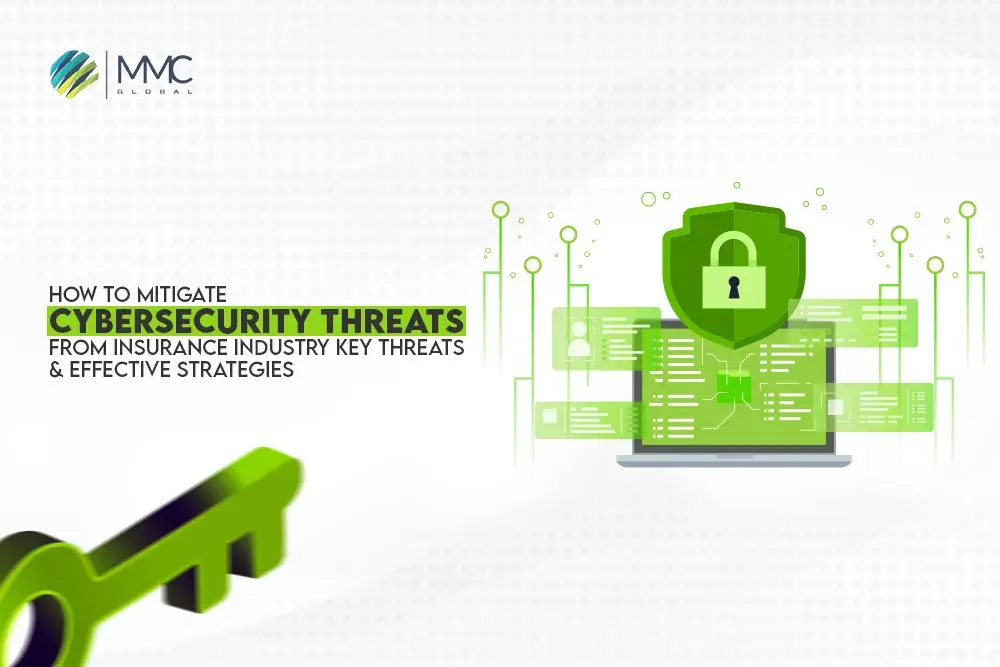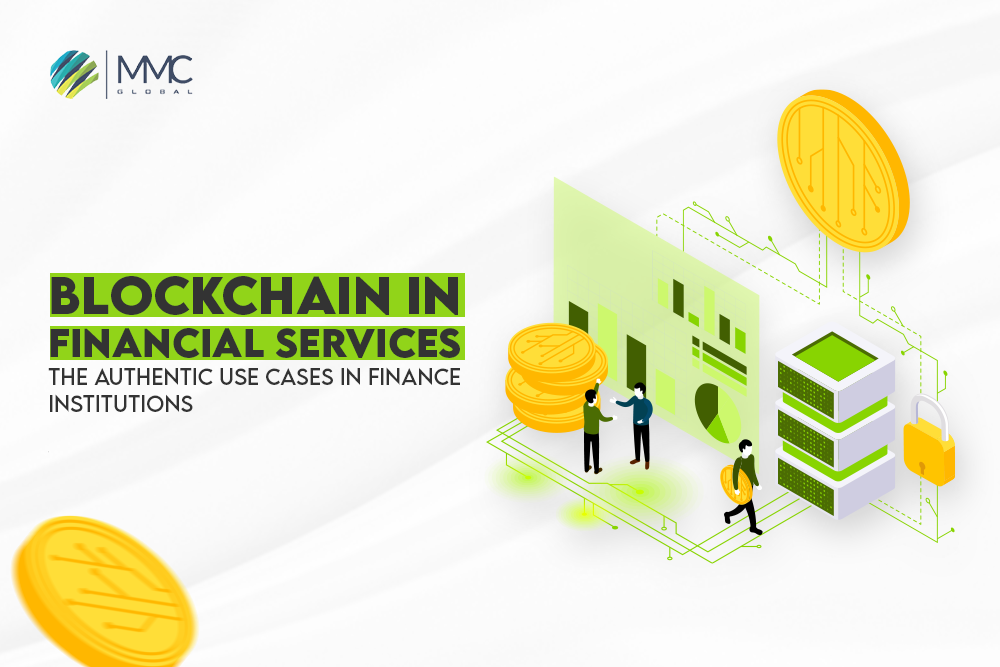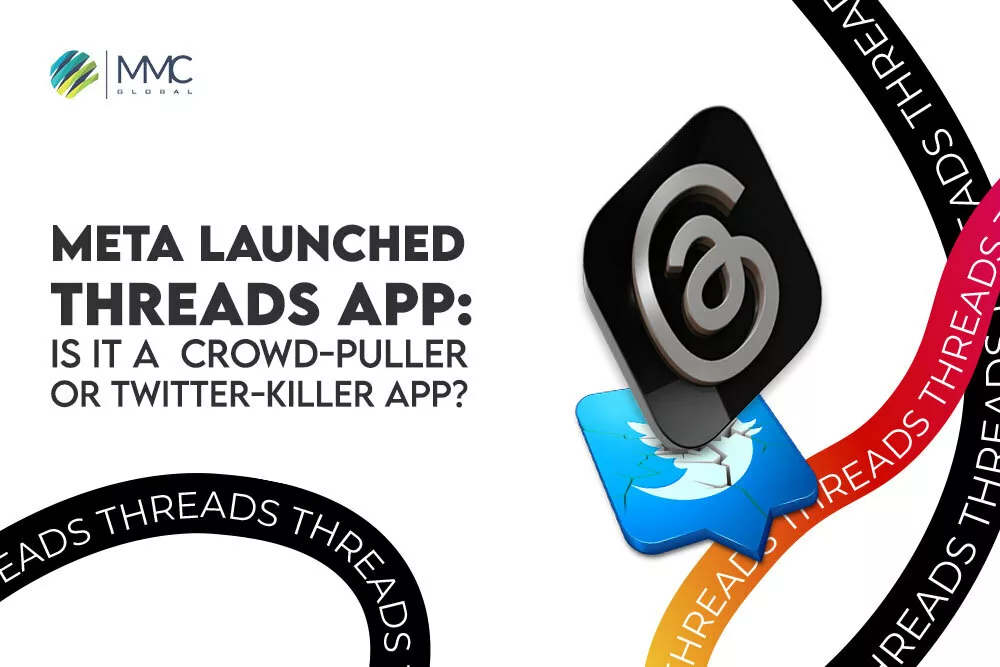What is Cybersecurity? How to Handle Mobile App Security and Privacy?
In the world of the technological realm, where people are using applications and software to accelerate their business, there are risks that you must pay attention to. Generally, a common user of an app can threaten by the uncertainty of cyberattacks that can extract the user’s personal information. Cybersecurity comes to the ground to chase the risk factors of using the web or mobile applications and software development.
Cybersecurity is not a new term, but it is a pretty hot topic in the IT industry. In this article, you are going to explore what Cybersecurity is and its importance. However, Cybersecurity also plays a vital role in software and mobile app security that you will let you know.
What is Cybersecurity?
Cybersecurity is the practice of assuring the confidentiality, integrity, and availability of information and protecting networks, data, and internet-connected devices against unauthorized access or illegal usage.
Our daily lives are connected to the internet, such as communication, shopping, business, health, entertainment, transportation, and so on. To make the utmost use of the internet, we intentionally or unintentionally provide our personal information such as a home address, phone number, credit card details, account number, passwords, and so on that can be a threat.
In thousands of cases, users’ privacy invades, and destroys the software database for the wrong use. For instance, three attackers broke into Twitter in July 2020 and seized control of well-known Twitter accounts. They employed social engineering tactics to acquire employee passwords and access the business’ internal management systems, ultimately labeled as phishing attempts by Twitter (phone phishing).
Poor Cyberattacks cost you at worst. What threat may arise from inadequate Cybersecurity?
Many risks and pitfalls exist, some of which are more dangerous than others. These risks include Malware wiping out your entire system, an intruder accessing your system and changing data, an intruder using your computer to attack others, or an intruder taking your credit card information and making fraudulent payments.
Even with the best protection, there is no assurance that any of these things won’t happen to you, but there are actions you can take to reduce the likelihood.
7 Types of CyberAttacks with Real-Life Examples
Cyberattacks are a method of the criminal sector that is steadily growing and shows no indications of slowing down. Cybercriminals are more successful in targeting you and your company’s data, thanks to the daily development of new tools and techniques.
You might be wondering why crooks would desire your data. The amount to which you integrate internet tools and applications into your everyday life and/or professional life closely corresponds with how much the value of the data is created as society advances technologically.
Due to the aforementioned, there are instances when it becomes impossible for people and organizations to function without their data, which puts them at a significant competitive disadvantage. Data loss risk rises along with data value’s high and continuing growth. How? Internet crime.
Lack of Cybersecurity is like a bank with an unlocked vault for you or your company. The key to preventing you or your company from victimizing by these crimes is understanding the attacks that attackers might utilize.
Read more: How Blockchain Technology Is Transforming The Cybersecurity
Malware
JTB Corp, a Japanese travel company, had a data breach in July 2016 that exposed the information of about 93 million users. An employee opened a fraudulent document he obtained through a phishing email, which led to the data breach. A trojan horse intended to steal user data was inserted into the infected document. 7.93 million user data from the Japanese Travel Agency were reportedly damaged.
Did you know?
The above-mentioned example is an example of Malware. It is any harmful software deployed on your device as a result of a user accidentally clicking on a risky link or opening an attachment. Malware comes in various formats, with viruses and trojan horses being two of the most prevalent.
Since viruses may propagate rapidly and infect apps on a user’s device, they are named after biological viruses. Trojans, or Trojan horse malware, got their name from the myth from ancient Greece that the trickery of a Trojan horse caused the city of Troy to fall. This virus spreads by disguising itself as helpful software and concealing its destructive code.
Phishing
Phishing is the technique of sending counterfeit emails that look like they are coming from reliable sources. The intention is to gather private information, including login credentials and credit card details. The most typical kind of cyberattack is this one. Through education or a technological solution that filters harmful emails, you can better defend yourself.
One of the real-life examples of phishing cyberattacks is account deactivation. The recipient receives an email from PayPal stating that their account has been hacked and will be canceled until they verify their credit card information. The recipient is sent to a fraudulent PayPal website by the phishing email’s link, where their credit card information is seized and used to perform more crimes.
Ransom Attack
Ransomware is another type of Malware that takes over your machine and prevents login to your files. It could get into your computer from a malicious website or an email attachment. A “ransom email” that offers to return your system to regular in exchange for payment appears after infection.
We always advise against paying the ransom while using ransomware! Why? You have no assurance that you will receive your files returned. You can never rely on a criminal to keep their word. Second, you’ll be making yourself a target. Once you have paid the ransom, you will be identified as a user who has spent the ransom, and the thieves will return to take advantage of you once more.
One of the ransomware attractions that is still remembered is the WannaCry assault. It was the largest ransomware attack to date. This is an illustration of ransomware. Over 150 nations and over 200,000 organizations were affected earlier in 2017.
How on earth did this happen?
Well, the hackers discovered a vulnerability in dated Windows versions that were no longer supported. An operating system no longer receives security updates as it hits its end of life.
Man-in-the-Middle Aattack
When a cybercriminal intercepts your data or information as it is transported from one place to another, it is known as a “man-in-the-middle attack” (i.e., communications system to a server).
This intrusion often occurs with weak Wi-Fi connections in coffee shops, hotels, and restaurants. Always be cautious of unprotected Wi-Fi networks when used by cybercriminals as traps to entice individuals into visiting websites containing confidential material while your online behavior.
Distributed Denial of Services
The perpetrators are essentially attempting to overwhelm the system you would put in place, such as a website, server, etc., with traffic in this cyber assault. The system will often crash or shut down, as a result, causing downtime.
Usually, information is not stolen in these kinds of assaults. The majority of the time, these attacks are a cybercriminal’s onslaught designed to take down your system, resulting in lost income from outages and file recovery.
Drive-by Download Attack
Drive-by assaults take place when you visit a website while online browsing that contains malware code and unintentionally downloads it. It is also a popular method of malware distribution. The hacker only has to insert code onto the page.
It frequently happens when you’re on a website, and an advertisement appears that has nothing to do with the page’s content. Most of the time, clicking the ad will cause your machine to download Malware.
In contrast to previous cyberattacks, a drive-by assault doesn’t require your involvement to activate your computing device.
Cryptojacking is a common type of drive-by assault. It is where a website’s code mines cryptocurrencies with the computing power of your device. This assault isn’t meant to take any information from you; rather, it’s meant to steal the computing power needed to mine cryptocurrencies.
Password Attack
In normal cases, anyone who watches you while entering your password can capture your password. That is why a strong password is needed for any account creation.
Moreover, password attacks are simply made with some research of your social activity on different platforms, a missed shopping slip, a sticky note on your table, or even guessing the combo of your date of birth and phone number. These are the common ways to steal your passwords.
On the other hand, there are multiple advanced methods to get complex passwords, such as brute force attacks, dictionary attacks, and even password spaying.
In contrast, password spraying aims to use one generic password across several accounts. By using this method, lockout regulations that cap the number of password tries are avoided.
Read more: How is Blockchain App Development Helping The Business Industry Grow in 2022?
Five Reasons Why Cybersecurity is Crucial For Mobile Apps
Cybersecurity is crucial for preventing cybercrimes and recovering data on a device or network. As technology advances, hackers become more intelligent and develop innovative, effective ways to launch a cyberattack. Therefore, maintaining Cybersecurity has become even more crucial. The following causes are covered in further detail:
Frequent Use of The Mobile App
Smartphones are incredibly used worldwide, such as for shopping, gaming, streaming, etc. Users must provide authorization for mobile applications to access data on their mobile devices. Users may also be able to save their credentials once on the applications to speed up transactions. Developers may frequently utilize flimsy encryption techniques in an effort to make the program lighter. A mobile phone is sensitive to cyberattacks due to all of them.
Modern Technology in Cyberattacks
Cybercriminals are becoming more skilled as new technologies like AI and machine learning gain popularity so that they can carry out complex cyberattacks.
Public Wi-Fi and Networks
When someone sees they are receiving something for nothing, they are constantly enticed. And when someone offers free Wi-Fi, we just connect our mobile devices without considering the risks it may provide. Because public Wi-Fi is insecure, hackers may simply access your mobile devices and steal your data.
Social Media Insecurities
Social media browsing is one of the individuals’ most common things on their mobile devices. These platforms include adverts and connections to games or websites to draw users’ attention.
Users might unintentionally reach risky and insecure networks by clicking on such links. Some of these networks need users to sign up for an account or login before seeing the material. Most users use a similar password for several applications, so this might be a trap for stealing user credentials.
To Keep Safe Business & Personal Data
The widely used mobile helps users to instantly save official documents, conversations, personal information, images, videos, etc. They keep it safe in handy Smartphones, which is important to them and hackers as well. The need for Cybersecurity for mobile devices is a must as users carry important stuff without keeping in mind that their phones can be hacked.
Bottom Line
It is a long way to make Cybersecurity more powerful and robust, which keeps every device safe and secure. Technologies like blockchain, IoT, artificial intelligence, machine learning, deep learning, hardware authentication, and so on are participating in making Cybersecurity more efficient.
Many companies build software and applications with protected shields of authentic Cybersecurity using the above-mentioned techniques. MMCGBL is a US software development company that provides efficient and rich feature software and applications for B2B and B2Cs. We have worked with fortune 500 companies and delivered successful projects, including fintech, healthcare, business, gaming, etc.
If you are finding a trusted company that can elevate your business by creating customized applications or software, we are happy to help.
Frequently Asked Questions Related To Cybersecurity
List the typical kind of cyberattacks.
The most typical forms of cybersecurity assaults are as follows:
- Malware
- SQL Injection Attack
- Cross-Site Scripting (XSS)
- Denial-of-Service (DoS)
- Man-in-the-Middle Attacks
- Credential Reuse
- Phishing
- Session Hijacking
What are the typical techniques for network and mobile app security authentication?
- Biometric – a physical appearance essential to identify users, such as thumb, face recognition, etc.
- Token – A token is a tool for system access. Due to the lengthy credentials, it is more challenging for hackers to unlock accounts.
- Transaction Authentication – mainly generates a one-time pin or password on the user’s phone to validate the identity.
- Multi or Two-factor Authentication – Your identity may be secure in two or more authentications.
- Out-of-Band Authentication – Two distinct signals from two separate networks or channels are required to complete this authentication. Most hacking and identity theft efforts against online banking are stopped by it.
What type of mobile app security do you provide?
Our developers build secure apps by adding multiple techniques of mobile app security and privacy authentication. As per the need, we integrate a heck-free infrastructure of applications and software. The following eight mobile app security recommended practices can help you create programs that won’t be hacked:
- Source code encryption
- Penetration test
- Protect the Data in Transit
- Database encryption
- Latest Cryptography Techniques
- Top-level authentication
- Backend security
- Minimize Storage of Sensitive Data



